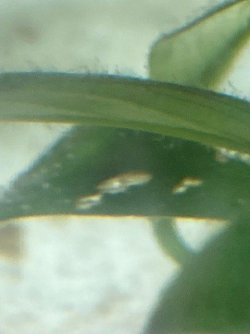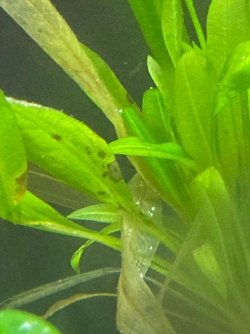The balance of light and nutrients is what we aim for, and it is not really complicated. If your plants are "dying," it could be either or both the light and nutrients. Some nutrients come from the fish being fed, but this may or may not be sufficient depending upon the plant species and number and the fish load. Can you post a photo or two of the plant issues?
As for nutrients, if supplements are needed, you want a complete or comprehensive supplement, assuming you are running a low-tech or natural planted tank rather than a high-tech with diffused CO2 and more intense light. Do not start dosing any nutrient alone, this is one way to really cause issues. Plants need 17 nutrients, some of which (oxygen, hydrogen, carbon) should come from the tank regardless, while others occur in fish foods and with water changes. A photo of the tank will allow us to determine the situation.
You will not have ammonia issues with comprehensive supplements. In any event, most aquatic plants use ammonia/ammonium as their preferred source of nitrogen (not nitrate) and with good plant growth they will readily assimilate all of it. Floating plants are ideal at this. As for copper, this is a micro-nutrient and the level in the quality comprehensive supplements is nowhere near sufficient to kill snails or fish.
Root tabs are pushed into the substrate to provide nutrients to the roots of plants. This is extremely beneficial with large or fast-growing rooted plants, like swords, and has the added benefit of not leeching into the upper water column; they obviously do not benefit plants not rooted in the substrate, like floaters, moss, ferns, etc., and a comprehensive liquid may or may not be needed.









